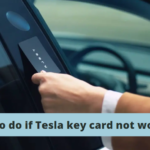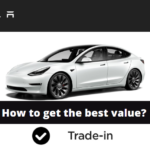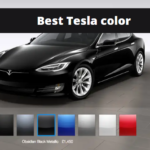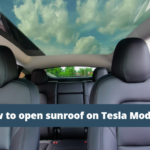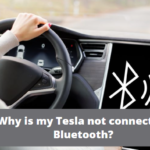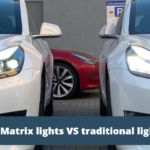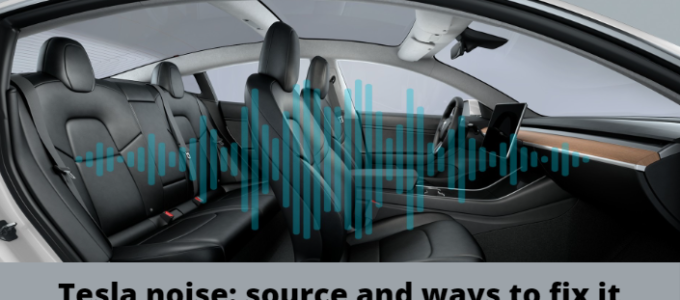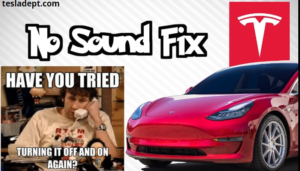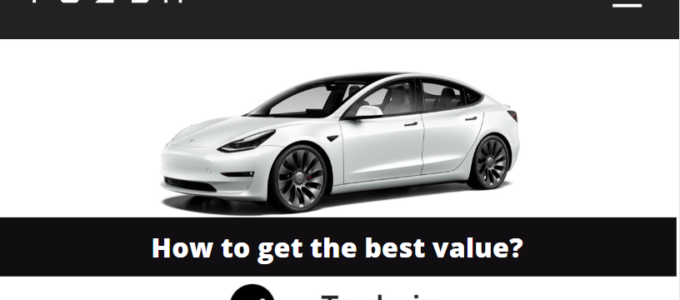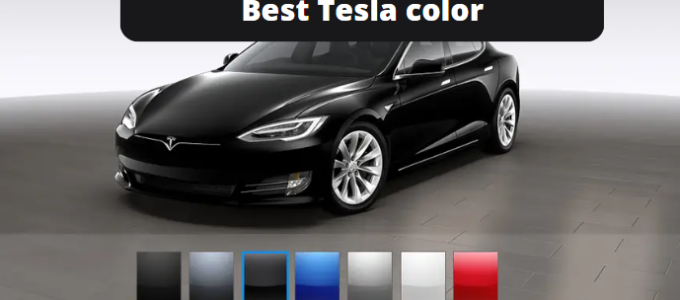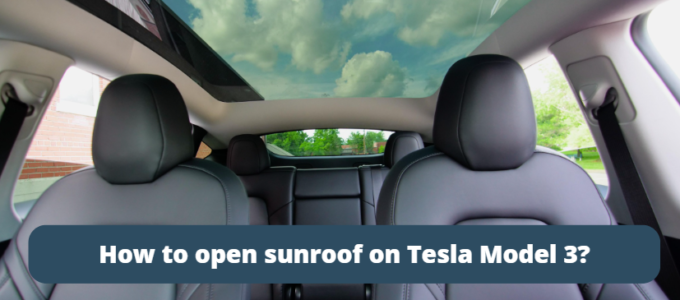Tesla noise: source and ways to fix it
Introduction
Of course, Tesla is perfection itself. A smooth, quiet ride is one of its main advantages, which makes it so popular. If you ask a Tesla owner about the advantages of his car – about silence while driving, you will hear in the front rows!
However, car parts have one unpleasant property – they wear out. And over time, any car will begin to make extraneous sounds. The only difference is that Tesla will start publishing them much later 😊.
The most common rattling Tesla sounds occurs in the legroom, door panel, speakers, and seat belt regulator.
They are usually caused by loose panels or clips. Fortunately, most rattling sounds can be eliminated at home with rubber foam and without visiting a service center.
Where does the Tesla noise come from?
If you’re not a fan of engine sounds and a connoisseur of Tesla for its quietness, you’ll want to eliminate all extraneous sounds quickly and efficiently. Let’s take a closer look at how to do this.
So, first, you need to identify the source of the rattling sound.
For convenience, we have separated all the sounds according to the playback location.
So, these can be such zones:
-
Leg area
-
Door panel
-
Passenger-side speakers
-
Seat belt regulator
-
Wheel arch
-
Center Console
-
Telephone docking station
-
Rear seat
-
VIN plate
You can participate in the noise discussion on the Tesla forum, share your experience with other owners and get useful tips.
How to fix noise in Tesla?
Leg area
A rattling sound in the legroom usually occurs due to the top panel vibrating on the air conditioner vent. If you find for sure that the sound is coming from there, it’s very easy to fix! All you have to do is:
- Using a flat screwdriver and a wrench, carefully disassemble the panel and set it aside. Make sure the panel is securely attached.
- Add rubber foam under the panel on both sides. Each piece of foamed rubber should cover more than half of the side of the panel.
- Assemble the panel and secure all the details.

Door panel
To get rid of the rattling sounds in the door panel, you first need to remove the panel completely. If you’ve never done anything like this and have no idea how to do it, it’s better to go to a service center so as not to damage the door. Specialists will do this work in a few minutes. If you decide to fix it yourself, here’s what you need to do:
- Use paint tape to cover the upholstery that you want to remove. This will include all the edges of the door panel.
- Quickly use the upholstery removal tool to open the clips and remove the plastic that closes the door. When you’re done, the plastic should be solid, so be careful when disassembling it.
- Place the inside of the plastic panel on a stool without damaging the wires or loading them.
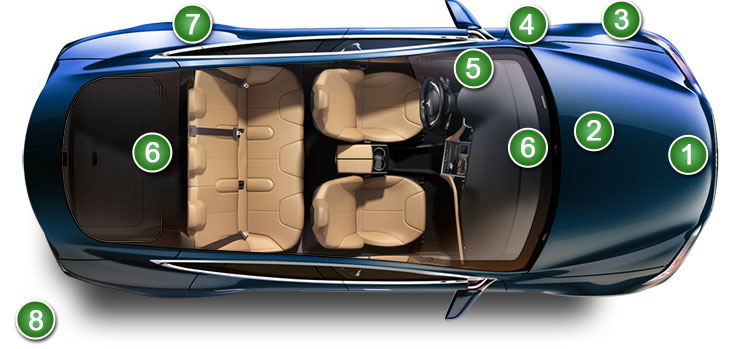
4. Inspect the panel for loose and broken clamps. It is best to shake and listen to any sounds. Replace the broken clamps and reattach the ones that may have fallen out.
5. Find loose wires, use rubber foam and secure them in place.
6. Replace the door panel by aligning the clips with their slots. It’s best to start from the top and move down. Press hard, but be careful not to break the clamps again.
Passenger-side speakers
While this might be considered a vibration rather than a rattling sound, it can be very annoying very quickly. Many Tesla owners report hearing vibrations and rattling sounds when playing music at certain frequencies. Either way, the fix is simple enough for most people.
How to fix:
Here’s what you need to do:
- Pull the edge of the speaker where it touches the door.
- Apply a small piece of foamed rubber between the door and the speaker.
Seat belt regulator knock
Hearing rattling noises from the seat belt regulator can be especially frustrating since it’s so close to your head. Tesla Model Y and Tesla Model S owners have reported this issue, so you can check your car if you have one of these models.
The sound usually occurs due to the fact that the inner and outer plastic panels of the seat belt regulator knock against each other. The simplest and fastest solution is to reinforce their assembly with felt, in 98% this is the source of the problem.
Noise from wheel arches
This problem is probably the easiest to solve because there is no need to disassemble the panels or use any tools. All you have to do is buy rubber foam like the one I referenced above).
- Shake the wing and see where it rests on the wheel arch, and you will know exactly where to put the rubber foam.
- Make sure you add at least two pieces of foamed rubber at least 2 inches (5.08 cm) each for best results.
Center Console

To be precise, this noise occurs due to the fact that the latch on the center console is weakened. Here’s what you need to do:
- Cut a quarter of an inch (0.64 cm) piece of foamed rubber.
- Gently glue the rubber foam to the center console latch.
- Make sure the center console closes easily and notice a rattling sound.
You should find that the console shakes less when closed, and the rattling has stopped.
Fiddle Telephone Dock
Some people have been successful by simply tightening the T20 screws holding the phone dock hinge in place. If you really want to get rid of the creaking sound in a phone dock, here’s the best approach:
- Unscrew the T20 screws completely.
- Use the trim padding tool to open the clips that hold the phone tray in place. Be firm, but not too rough with the clamps so they don’t break. Otherwise, you will have to replace the broken clips.
- Apply rubber foam to all clamps.
- Add more rubber foam between any two layers of plastic that you think might rub against each other.
- Replace the phone tray by attaching the clips and tightening the T20 screws tightly.
Rear seat
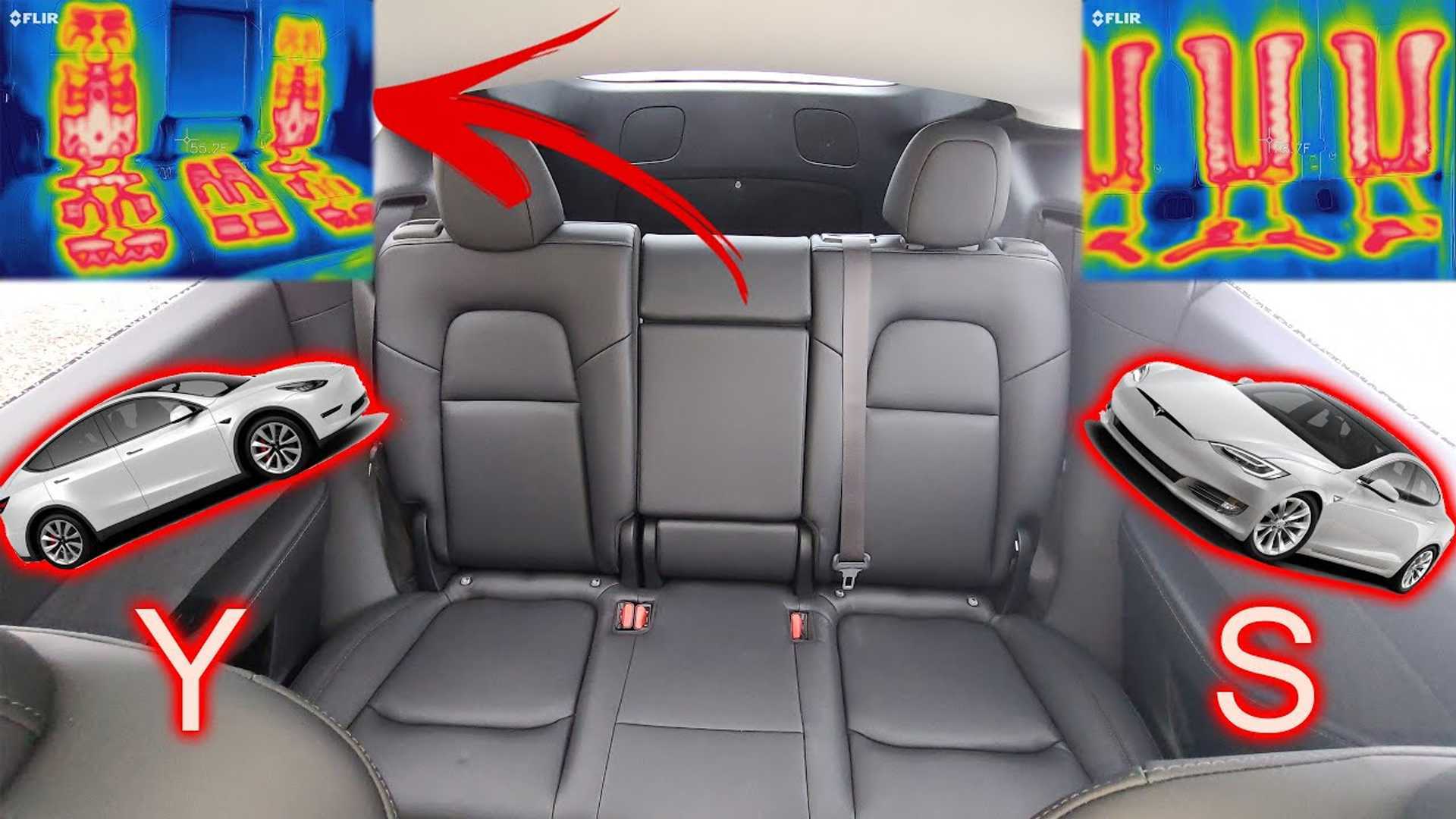
That noise is usually caused by loose wires and broken clamps. Unfortunately, it’s a little harder to detect, but it’s usually easy to fix. Here’s how:
- Use the upholstery trim tool to gently lift the ceiling upholstery.
- Inspect the entire area for loose wires, rubber bands, or even broken clamps.
- Re-attach all the elastic bands and secure the free wires. You can use glue to keep the wires from moving anymore.
- If necessary, replace the broken clips.
- Replace the trim, being careful not to break the clips when installing it.
Plate with VIN number
There are two ways to eliminate the rattling sound due to an unsecured VIN plate:
- Use superglue to glue the VIN plate tightly so that it doesn’t touch the windshield at all.
- Try moving the plate away from the windshield with a screwdriver. Be extremely careful – in most countries you are not allowed to drive a car without a clearly visible VIN plate.
Is it normal for Tesla to make noise while parking?
When you’re parked, the coolant on the Tesla makes a sound because it lowers the temperature of the battery. That’s normal. It’s like buzzing. Any other rattling sounds are a cause for concern.
READ ALSO: 5 Best Electric car Charging Stations in 2022
Conclusion
It can be challenging for the typical driver to identify the origin of rattling noises in Tesla vehicles since there are so many potential sources. Finding rattling noises is the first step to making your Tesla quieter.
The best course of action is to spend the day thoroughly researching your Tesla. You can wait until you hear the particular noise that annoys you. You must drive about, particularly seeking winding bridges and uneven roads. Disconnect from the music and pay close attention to any sounds you notice.
FAQs
Are Tesla cars noisy?
Tesla cars are generally quieter than traditional gasoline-powered cars. Because they are powered by electric motors, Tesla cars do not have the same level of engine noise that you might hear in a gasoline-powered car. Instead, they have a much quieter, smoother, and more refined driving experience.
However, this does not mean that Tesla cars are completely silent. While the electric motor itself doesn’t make much noise, there are other sounds that you may hear while driving a Tesla. For example, you may hear some road noise from the tires or wind noise from the outside of the car. Additionally, some Tesla models have a built-in artificial sound generator, which emits a low-pitched noise at low speeds to alert pedestrians of the car’s presence.
Overall, while Tesla cars are not completely silent, they are generally quieter and more refined than traditional gasoline-powered cars, which can make for a more enjoyable driving experience.
What is the whining noise in Tesla?
There are a few potential sources of whining noise in a Tesla car:
1. Electric motor noise: While electric motors are generally quieter than gasoline engines, they can still produce a whining noise at certain speeds or under certain driving conditions. This is a normal characteristic of electric motors and is nothing to be concerned about.
2. Inverter noise: The inverter is a component of the Tesla powertrain that converts the direct current (DC) from the battery into the alternating current (AC) that powers the electric motor. Inverters can sometimes produce a high-pitched whining noise, particularly when the car is accelerating or decelerating.
3. Regenerative braking noise: Tesla cars use regenerative braking to help recharge the battery. When you lift your foot off the accelerator, the electric motor switches to a generator mode and uses the car’s momentum to generate electricity. This can sometimes produce a whining or whirring noise, particularly when decelerating.
4. Wind noise: Like any car, Tesla cars can produce wind noise at high speeds. This can sometimes be mistaken for a whining noise, particularly if it is coming from the rear of the car.
In most cases, whining noise in a Tesla car is nothing to be concerned about and is simply a normal characteristic of electric cars. However, if you are experiencing any unusual or persistent noises, it’s always a good idea to have your car inspected by a qualified Tesla technician to rule out any potential issues.
